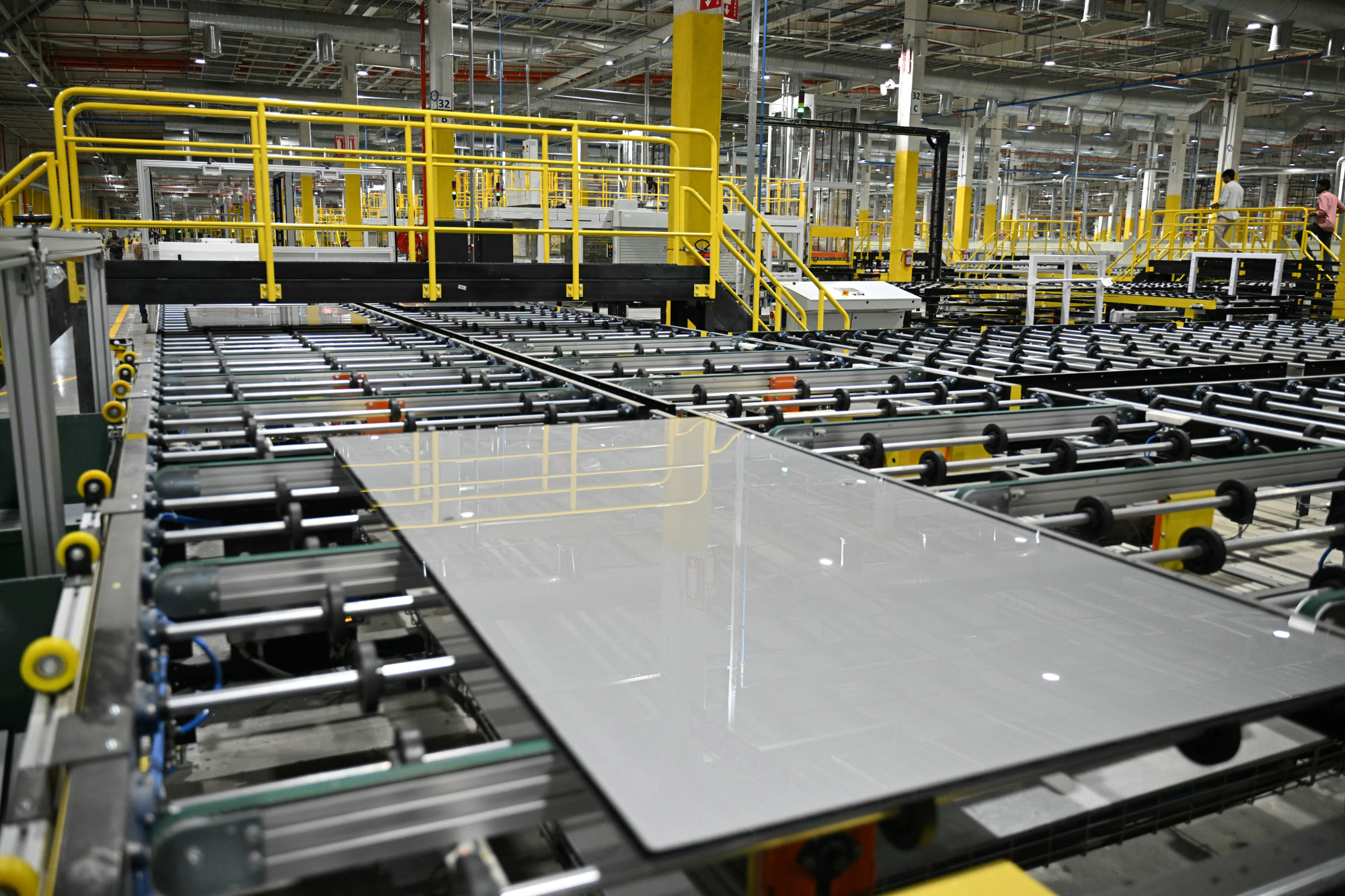India projected to accelerate solar power generation as storage costs fall
Solar power plus storage in India is now cheaper than industrial electricity tariffs in most states, according to a new report

India’s transition towards a clean energy-based digital economy may have received a boost from a new study showing that the costs of solar power and its storage are now lower than coal-generated electricity used by businesses in the country.
Solar and its battery storage costs have fallen to 6 Indian rupees (7 US cents) per kilowatt hour and are likely to remain stable for the next 25 years, according to a report by the India Energy and Climate Centre of the University of California, Berkeley released on May 28.
In comparison, India’s industrial tariffs for electricity, which is mostly powered by coal, have climbed steadily to an average of 8 rupees per kilowatt hour this year.
Nikit Abhyankar, an author of the study and a faculty member at UC Berkeley, told This Week in Asia: “Solar plus storage in India is now cheaper than industrial electricity tariffs in most states, and these prices would be locked in for decades.”
Emilia Chojkiewicz, the report’s lead author, said energy-intensive data centres supporting high-end computing, such as artificial intelligence, required clean power to minimise environmental impact. Insulating these facilities from future price shocks could offer India a strategic advantage, she added.
Battery storage costs had halved in the past 18 months, allowing solar energy to supply continuous electricity at rates lower than coal-based power in India, the report said.

The drop in storage costs is key to clean energy adoption as electricity grids often hesitate to buy solar and wind due to intermittent supply throughout the day.
Abhyankar said: “The recent decline in solar-plus-storage costs presents a significant economic opportunity for India to transition away from coal while maintaining grid reliability.”
To realise this potential, however, India would need a robust regulatory framework, he said.
Solar storage costs in India were approaching the levels of market leader China, according to the report. This would enable India’s clean energy sector to play a key role in boosting the country’s next-generation digital infrastructure, said Amit Phadke, a co-author of the report and faculty member at UC Berkeley.
Meanwhile, the capital costs for building new solar plants in India had fallen to nearly one-third of those in the United States, making India the world’s cheapest solar market, the report said.
Unlike coal-based power plants requiring massive capacity additions, solar and storage projects could be rapidly deployed and tailored to specific industrial or commercial loads, it added.
The Indian government has set a target of generating 500 gigawatts of electricity from non-fossil sources by 2030. Solar power could account for 25 per cent to 30 per cent of total electricity generation by then, according to Abhyankar.

Uttamarani Pati, an analyst for renewables and power research at Rystad Energy, agreed that the proportion of solar in India’s energy mix would increase in the coming years, with total solar power generated expected to jump threefold by 2030 under ideal conditions from 108 gigawatts currently.
Solar generation capacity is likely to exceed coal in India by the end of this decade, according to a report by Moody’s released last month.
However, integrating growing solar output into the national grid remained a key challenge for India, Moody’s said.
Due to India’s geographical diversity, some regions receive more sunlight than others. Delivering power from these regions to other parts of the country would require substantial transmission upgrades, according to the report.
“Successful execution will be critical for the country’s carbon transition,” Moody’s said.
Overall investment in India’s power grid is expected to average almost one per cent of real GDP annually over the next decade, according to the ratings agency.